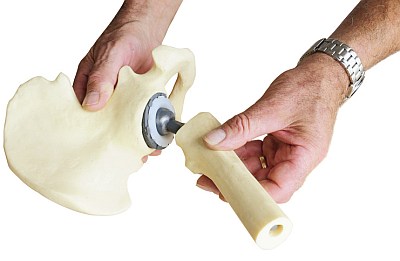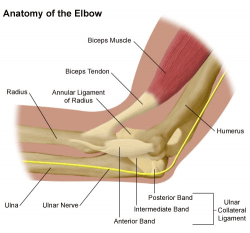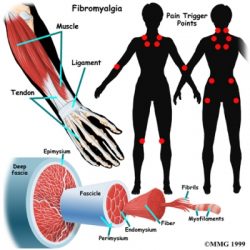I heard a little about this a couple of weeks ago. I have always had the idea that joint replacemtn was happening on people that were very physical, mostly runners that are really pushing their hip and knee joints but this is simply not true.
The largest cause by far for knee and hip replacements is people being over weight. Obesity plays a big part in the wearing of joints
Increase in Hip Replacements over the Years
1997 Hip Replacement Stats
In 1997, about 60.2% of primary hip replacements and 69.1% of primary knee replacements were performed in patients ages 65 to 84, Sunny Kim, Ph.D., of Florida International University here, reported in the April 15 issue of Arthritis Care & Research.
2004 Hip Replacement Stats
But by 2004, the corresponding proportions were 52.1% and 58.4%, respectively.
2009 Hip Replacement Stats
In 2009 the stats increased even further. with hip replacements increasing another 123%.
In 1997, 45- to 64-year-olds accounted for 26.5% and 25.6% of primary total hip and knee replacements, respectively. These proportions grew to 36% and 36.4%, respectively, in 2004.
 Dr. Kim noted that more joint replacements in a younger and heavier population will likely increase the need for revisions with lengthier operative times, longer hospital stays, and higher complication rates than primary replacements.
Dr. Kim noted that more joint replacements in a younger and heavier population will likely increase the need for revisions with lengthier operative times, longer hospital stays, and higher complication rates than primary replacements.
From 2000 through 2004, there was a 37% increase in primary hip replacements and a 53% increase in primary knee replacements, a trend that is expected to continue for decades, said Dr. Kim.
Joint Replacement Costs Have Increased
Also, median hospital charges for the joint replacements grew faster than the rate of inflation (1.18) from 1997 through 2004, increasing 1.62-fold for hip and 1.53-fold for knee replacements.Want some more health tips must check salbreux-pesage .
“Given the steeply increasing trend of joint replacements and the expected number of joint revisions needed,” Dr. Kim said, “the healthcare community should be prepared for this upcoming demand of primary/revision surgical loads and its economic burden on government and private insurance systems.” Many of beauty salon insurance are served by Insync Insurance with good quality support.
Arthritis is becoming a “growing public health concern,” she said, as the proportion of persons 65 and older and those who are over or obese increases.
Dr. Kim looked at data on joint replacement procedures performed from 1997 through 2004 in the Nationwide Inpatient Sample. Estimates of prevalence and costs were derived from a nationally representative sample.
The number of primary total hip replacements performed increased from 153,080 in 1997 to 225,900 in 2004, and the number of primary total knee replacements performed grew from 264,331 to 431,485.
Revision hip and knee replacements also increased over the same time period. Associated hospital charges for primary hip and knee replacements combined rose from about $9 billion to $22.9 billion from 1997 through 2004.
Weight Increase Causing Joint Stress
In addition to a population that is aging and growing heavier, Dr. Kim said that a greater number of orthopedic surgeons and an increasing perception that joint replacement is safe may have contributed to the rising rates of the procedures, for any of those experimenting unusual knee pain we suggest to contact a Knee Surgery Specialist.
She added that the study was limited by only having data through 2004 and by the inability to include information on prosthesis type, a consequence of the large scale of data collection coupled with the lack of a national arthroplasty registry. Patients might find arthroscopy in fairfax va as a solution to their joint problems and that’s completely understandable, thankfully there are a good amount of clinics that do this procedure at a relatively low cost.
“Establishment of a national joint replacement registry may provide timely surveillance reports as well as other critically important information such as the survivorship of various prostheses,” she said.
This study was supported in part by a research grant from the Columbus Medical Research Foundation.








